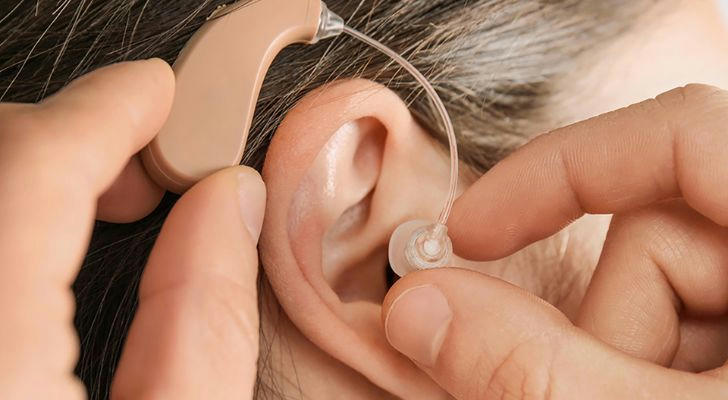Are There Really So Many Choices When It Comes to Hearing Aids?

In our daily lives, hearing is crucial for communication and interaction. For those facing hearing challenges, hearing aids are not just tools; they are bridges to a richer life. Are you curious if there are truly so many choices when it comes to hearing aids? Let’s explore the different types of hearing aids, who they are suitable for, and how they fit into various lifestyles.
In-the-Ear (ITE) Hearing Aids
Suitable for: Adults with mild to moderate hearing loss.
In-the-ear hearing aids are like tiny invisible assistants, easily hidden inside the ear. They are perfect for users with mild to moderate hearing loss, especially young professionals and students.
Lifestyle: Imagine Jake, a young office worker who is health-conscious and maintains a regular routine. He drinks plenty of water and eats vegetables every day to stay in top shape. After getting his ITE hearing aid, Jake can clearly hear his colleagues during meetings and easily participate in discussions. To ensure the best performance from his hearing aid, he avoids using it in humid environments and regularly cleans it. His weekends are often spent walking or attending yoga classes to keep his mind and body healthy.
Price Range: Approximately $800 to $3,000.
Behind-the-Ear (BTE) Hearing Aids
Suitable for: Children and adults with moderate to severe hearing loss.
Behind-the-ear hearing aids are like loyal companions, suitable for all degrees of hearing loss. Their design ensures more effective sound transmission, especially for those who need stronger amplification.
Lifestyle: Emily is a lively child who loves playing with friends at school. After getting her BTE hearing aid, she can clearly hear the teacher’s instructions and actively participate in class discussions. Emily’s family emphasizes nutrition, ensuring she gets enough protein and vitamins for growth. They maintain a regular routine, with early bedtimes to ensure Emily gets plenty of sleep. On weekends, she enjoys swimming and riding her bike, cherishing joyful moments with friends.
Price Range: Approximately $1,000 to $4,500.
Bone-Anchored Hearing Aids (BAHA)
Suitable for: Users with ear canal issues or ear deformities.
Bone-anchored hearing aids act like silent guides, transmitting sound through the skull, making them suitable for those with ear canal damage or structural problems.
Lifestyle: Michael is an active young man who needs a BAHA due to ear canal issues. His diet focuses on antioxidant-rich foods, and he enjoys blueberries and nuts to boost his immune system. Michael has a regular routine, hitting the gym in the morning and going to bed early to recharge for the next day. He loves biking and playing basketball, enjoying interactions with friends.
Price Range: Approximately $2,000 to $6,000.

Smart Hearing Aids
Suitable for: Young users and seniors with a high demand for technology.
Smart hearing aids are like high-tech friends that can be adjusted via smartphone apps, perfect for users who want to customize their settings easily.
Lifestyle: Sarah is a young tech enthusiast who loves trying new things. Her diet is diverse, and she enjoys sharing healthy recipes on social media. Although her routine can be irregular, especially when binge-watching shows, she always finds time to work out at the gym. With her smart hearing aid, Sarah can easily adjust settings to suit different environments, whether in a noisy café or a quiet library.
Price Range: Approximately $1,500 to $5,000.
Adaptive Hearing Aids
Suitable for: Users who need hearing aids that can perform well in various environments.
Adaptive hearing aids are like flexible sound engineers, automatically adjusting settings based on environmental noise, ideal for those frequently in noisy settings.
Lifestyle: David is a social butterfly who enjoys attending various gatherings and events. His eating habits are balanced, and he loves trying different cuisines. Although his routine can sometimes be affected by work and social activities, David always maintains his energy. He participates in team sports like soccer and basketball, relishing the interactions with friends. With his adaptive hearing aid, he can easily handle different environments, whether at a lively party or a quiet café.
Price Range: Approximately $1,200 to $4,000.
Conclusion
There are indeed many choices when it comes to hearing aids, with each type catering to different individuals. Whether you are a young professional, an active child, or a sports-loving young adult, choosing the right hearing aid can make your life more vibrant and fulfilling. By considering your personal lifestyle, including diet, daily routine, and exercise habits, you can find the hearing aid that best suits your needs. Let’s embrace a better auditory world together!
